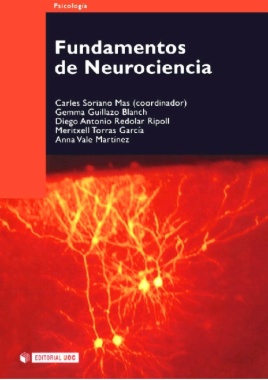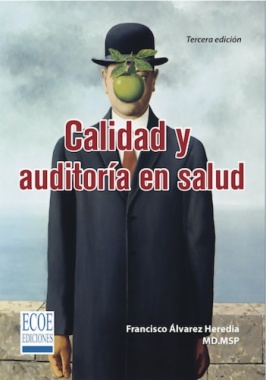Telegrama oficial
CONTENIDO DE LIBRE ACCESO
Este contenido es de libre acceso. Solo haz clic en el siguiente botón.
Ir a este contenido- Autor
- Año de publicación 31/05/1882
- Idioma Español
- Publicado por Imprenta del Estado
- Descripción
-
Citación recomendada (normas APA)
- Rufo Urueta, "Telegrama oficial", Antioquia (Colombia):Imprenta del Estado, 1882. Consultado en línea en la Biblioteca Digital de Bogotá (https://www.bibliotecadigitaldebogota.gov.co/resources/3681579/), el día 2025-11-20.


